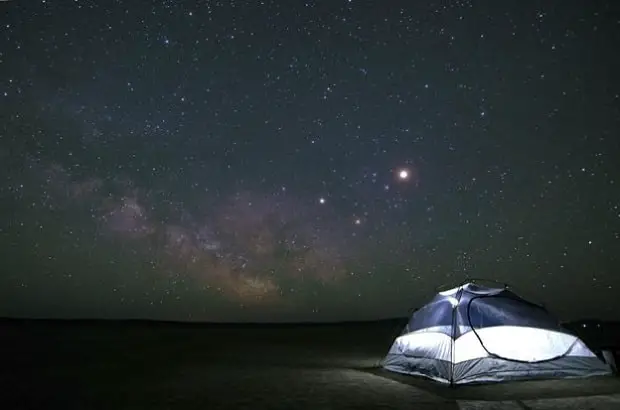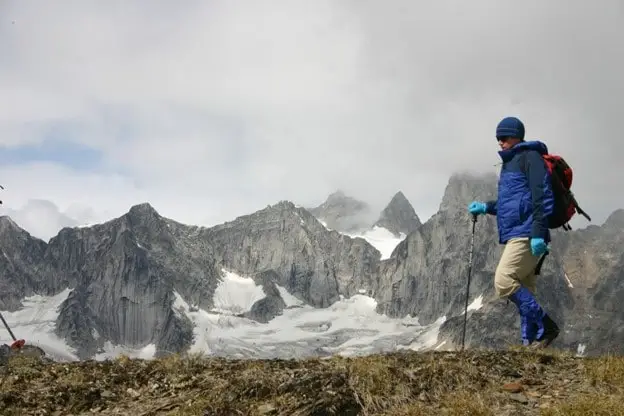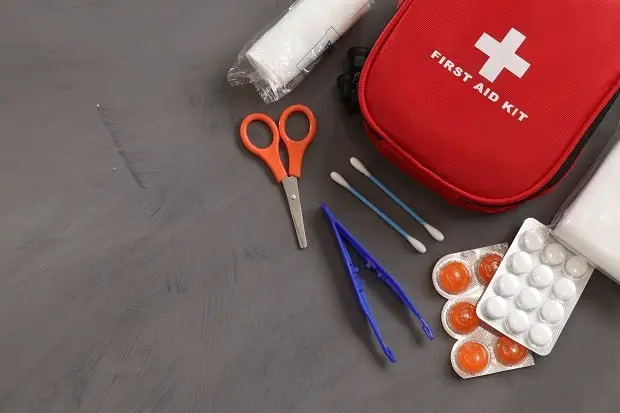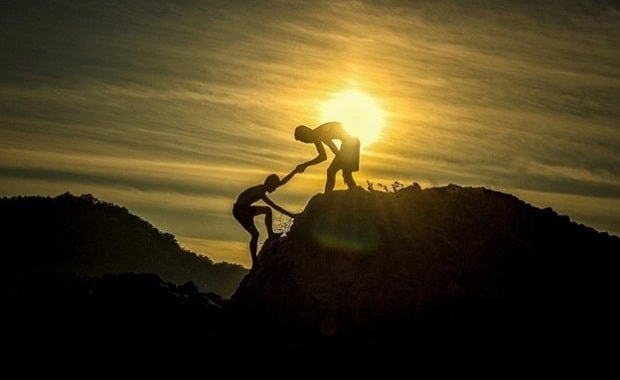
Exploring the wilderness can be gratifying, fun, and even enlightening.
Countless individuals are constantly discovering the benefits of exploring the great outdoors. Health experts also observed that spending a mere two hours outside every week is helpful to a person’s physical and mental well-being. Being out there and in touch with the vastness of nature is exciting. But how do you always stay safe wherever you may be? This article offers essential outdoor adventure safety tips for everyone.
The Biggest Benefits of Outdoor Activities
While many enjoy outdoor competitive sports such as golf, football, and volleyball, others are more into leisurely pursuits such as hiking, kayaking, and horseback riding. Many still get their thrills from more challenging activities such as rock climbing, spelunking, and base jumping. No matter what motivates you to get out there, one thing is certain. Outdoor recreational activities and adventures provide several health advantages. It helps reduce stress, improve sleep, enhance short-term memory, and increase vitamin D levels, not to mention happiness. It likewise boosts the immune system, improves eyesight, stimulates creativity, and restores mental health. If you’re a freelancer writer or in any other job that requires inspiration, like an artist or a filmmaker, the majestic sights and natural wonders can help get your creative juices flowing.

The 5 Essential Outdoor Adventure Safety Tips
1. Know the Potential Hazards and Plan and Pack Accordingly
Having addressed the advantages of being outside, it is also necessary to be aware of all the potential risks that are associated with these activities. While there might be several barriers that keep individuals from enjoying the outdoors, one of the most prevalent is apprehension over their safety. Extreme temperatures, injuries, animal encounters, navigation blunders, and other hazards abound in nature. It is critical to acknowledge that things do not always go as predicted. Therefore, it is best to be prepared for worst-case scenarios. However, it is neither possible nor sensible to pack all emergency and safety gear except the ones that are 100% essential. Whether camping, hiking, or touring a park, it’s critical to follow standard safety practices and precautionary measures to protect yourself, your family, other outdoor enthusiasts, and even the environment. You can avoid a lot of dangerous situations by planning and knowing what to do when you’re out there.

2. Carry the Right Gear or Essentials
There’s a list of essentials representing the gold standard for what to pack on any outdoor adventure. Having the proper equipment or the outdoors monthly subscription boxes helps to ensure a safe and pleasant outdoor trip. Many outdoor activities need the use of specialized equipment. You should also consider the weather and climate to stay comfortable.
Things that should be on your checklist include:
- Water and Food Supply
- Navigational equipment
- Sun protection
- First-aid supplies
- Flashlight and/or headlamp
- Multi-purpose knife
- Tent and other stuff for building a shelter
- Sleeping bags
- Fire igniter
- Backpack
- Trash bags
- Hiking boots or shoes
Dressing correctly for your journey is also important. The style of clothes you should wear on an outdoor adventure is determined by the weather and the type of outdoor activities. If camping overnight, be sure you’ve dressed appropriately for day and evening temperature levels.

3. Be Weather Wise
Weather patterns may shift quickly, especially near bodies of water and in hilly areas. Know the weather forecast before embarking on some backpacking trip. Don’t get caught off-guard and far from safety in a storm. Look out on the radar for any local or developing storms. It also doesn’t cost to have a lightning-detecting app on your phone, just so that you can take shelter if lightning strikes. Remember that lightning may strike even in a clear sky, so keep an eye out for neighboring storm systems. Checking many sources for the most recent weather in your destination, not a town 30 miles away, can give you a fuller picture of potential dangers.

Going on an outdoor adventure without packing a first-aid kit is like going on a long drive without a spare tire. You’ll never know when you are going to need it badly.
4. Pack a First Aid Kit
Always carry a complete first aid kit with you on any expedition. You never know when it will prove useful. If you get hurt, whether it’s a blister, a little cut, or something more injurious, you’ll be glad you packed one. Take note that first aid kits for outdoor spaces differ from standard first aid kits seen at home or school. For example, outdoor first aid kits typically contain only the most basic items due to space constraints. Make sure that your kit has goods that will handle typical outdoor ailments, as well as items relevant to your health status. Learn also how to recognize hazards and the most frequent forms of injuries that occur outdoors.
Some of the essential content of a well-equipped first aid kit:
- Prescription medicine labeled in a bag
- Moleskin or athletic tape
- Bandages of different sizes, sterile gauze, and latex gloves
- Antiseptic and sanitizer
- Tweezers and safety pins
- Antibiotic ointment and allergy drugs, in pre-packaged kits or separately
5. Plan the Trip and Take a Buddy Along
Planning is critical to making the most of your outdoor time. Preparing for several situations will help you and your family enjoy a successful and safe adventure. First, confirm the accessibility of your route. It also helps if you have detailed directions, especially if your party will travel in separate cars. Knowing how long the drive and hike will enable you to pack the equipment and adequate food and drink for the trip. Researching the route before you go allows you to learn about potential problems, weather patterns, regularly sighted wildlife, and typical mistakes others have made.

Having an adventure buddy is not only more fun, but it significantly increases your chance of survival when you fall ill or have an unfortunate accident.
Next, find out the operating hours to verify if the trail or campground is operational during your visit. If you are visiting a site for the first time, it might be beneficial to get advice from others who have been there already. This advice may include which campgrounds to visit, the best time to engage in outdoor activities, and safety and emergency considerations. If you’re going to a distant location, go with at least four other individuals. Bringing a buddy or two, or better yet, experienced folks with you while you camp or trek, can help you gain the skills to conduct these activities successfully on your own.
Conclusion
These are the most critical and fundamental guidelines to follow to have a safe and happy adventure. Learn them by heart and you may easily have a wonderful time without exposing yourself to too many risks. Next up, you may want to explore a guide to remote work wellness.
Hey there, welcome to my blog! I'm a full-time entrepreneur building two companies, a digital marketer, and a content creator with 10+ years of experience. I started RafalReyzer.com to provide you with great tools and strategies you can use to become a proficient digital marketer and achieve freedom through online creativity. My site is a one-stop shop for digital marketers, and content enthusiasts who want to be independent, earn more money, and create beautiful things. Explore my journey here, and don't forget to get in touch if you need help with digital marketing.

